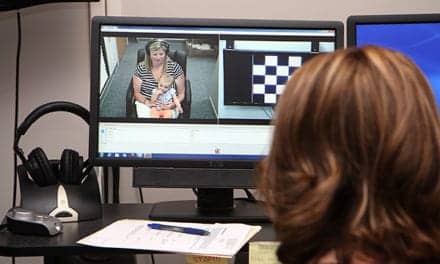
—George Veditz, president of the National Association of the Deaf, 1904-1910
The notion that the deaf could convey their thoughts through gestures, hand signs, and fingerspelling, inspired 18th century Abbe Charles Michel de L’Epee to establish the first school for the deaf in Paris. Since then, sign language has been the primary method of communication in the deaf community. Recently, through the introduction of sophisticated assistive hearing technologies, such as cochlear implants, many hearing challenged individuals have been introduced to more effective means of communication through sound and speech. As a result, there is a concern among activists of Deaf Culture that the impact of these remarkable technologies—as well as the growing trend of educators encouraging hearing-impaired children to speak instead of sign—will threaten not only sign language, which is the core of its culture and communication, but the deaf community’s very existence.
Deaf activists consider sign language no different from any other ethnic or linguistic culture. It is fundamental to their culture and they are vigorously working toward maintaining its use. For instance, Galludet University, long considered the “Harvard” of the deaf community, promotes sign language as the primary means of communication in its educational programs. There are also more sign language courses being offered in the United States than ever before. It is, in fact, a unique language that has evolved out of a necessity to communicate under extraordinary circumstances, as well as a physical language that is aesthetically beautiful to watch in use.
The truth is, as assistive and restorative technologies become more cost-effective and common, the numbers in the deaf community will diminish and its circle will grow smaller. As that occurs, sign language may become an obsolete form of communication, not unlike Latin. Until then, as our society is an integration of multiple cultures, creeds, and languages, there is room for sign language and speech to coexist harmoniously in the deaf community.

Rogena Schuyler Silverman
[email protected]



